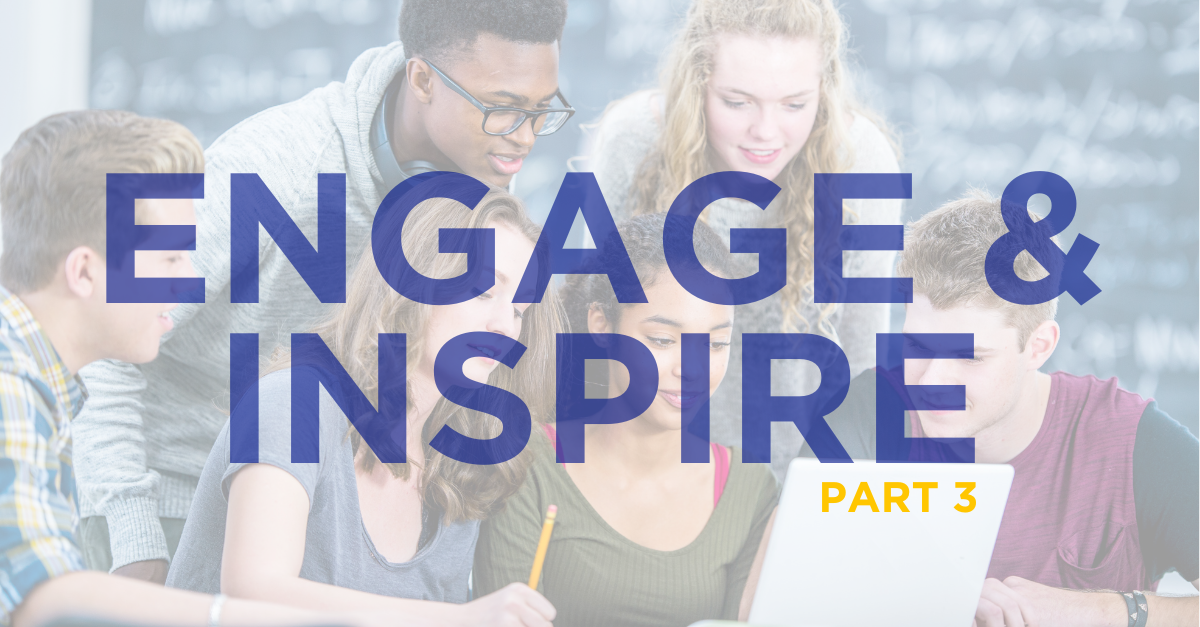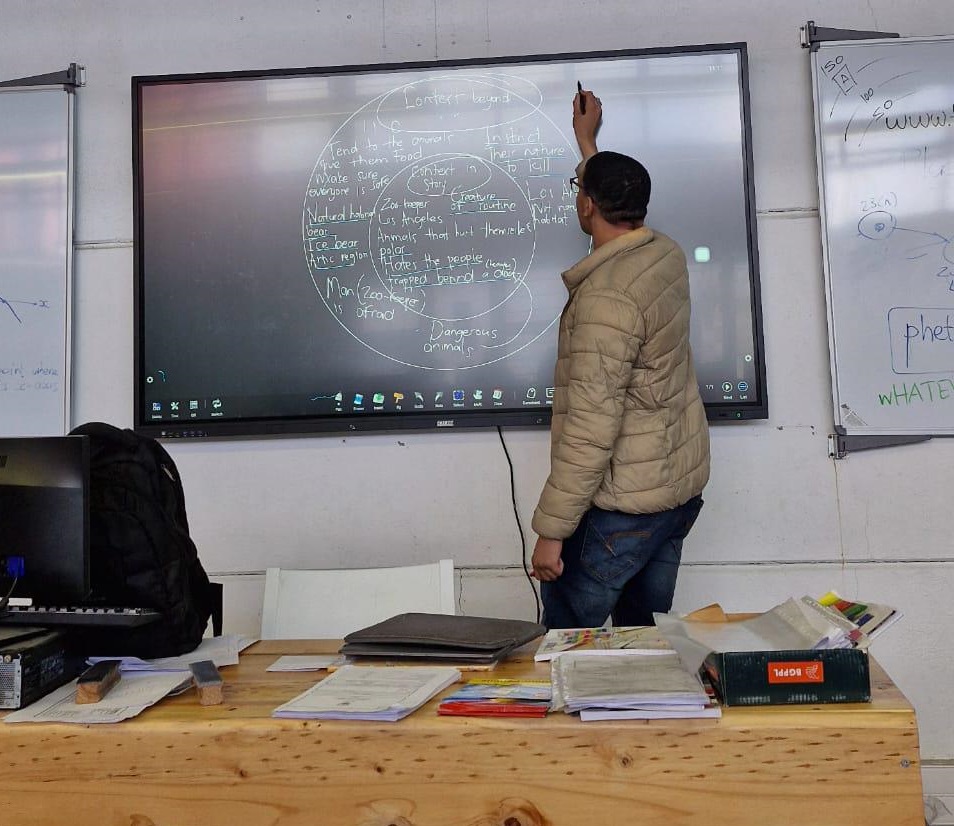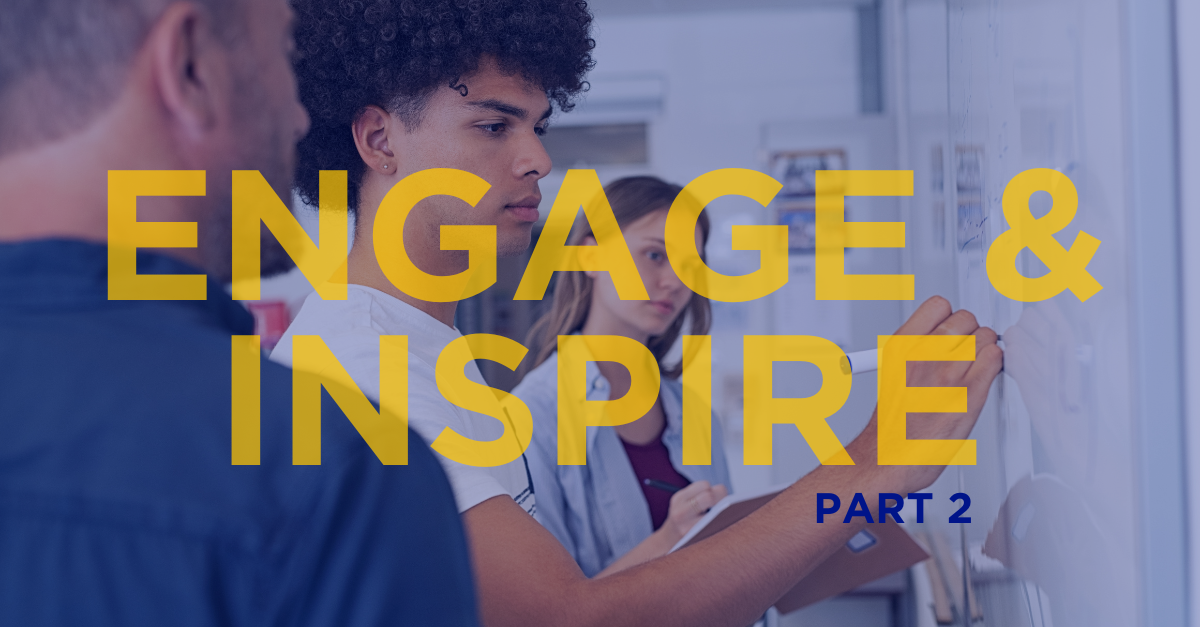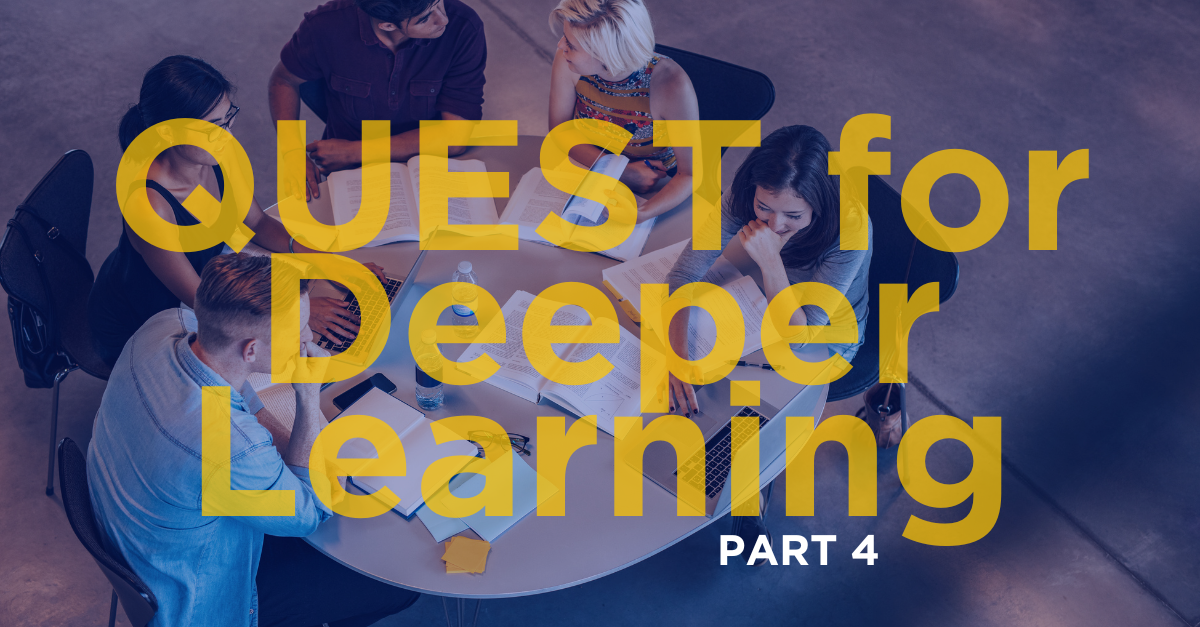

For those who missed it, we launched a new initiative last week aimed at enhancing our students' critical thinking skills. Check out Part 1 and 2 in the blogosphere. The remarkable efforts of our teachers and the positive outcomes for our students have been truly inspiring. I'm excited to share some insights from this journey.
This week, our inspiration comes from our blended learning class. Yes we have a class which accommodates 100 students. The primary instruction is delivered online (developed by our team), while the teacher's role in the classroom is to collect data and respond accordingly to close academic gaps.
Last week's identified gap: Students struggled to answer questions that required insight beyond the text, specifically in visual literacy. They tended to focus solely on what was explicitly visible or written in the text.

Let’s call this technique: Finding context Beyond the Text
Our goal is to teach students to recognize and understand references beyond the literal content of a text. As illustrated in the accompanying picture, the teacher draws two circles before starting any questions. In the inner circle, students list everything they can see in the text. Then, they draw an outer circle where they list everything they know about the items in the inner circle—this is the context beyond the text.
By doing this, students extend their thinking beyond what is literally visible and make connections to their broader knowledge and experiences. After completing the two circles, they then answer the questions, considering both the text and their prior knowledge or insights on the topic.
As a result of implementing this technique, we observed a significant improvement in students' proficiency in answering questions based on texts. This approach not only fosters deeper understanding but also equips students with skills to interpret and analyse information more effectively.
Next Up, Part 4!
Do you have an educational app, video, ebook, course or eResource?
Contribute to the Western Cape Education Department's ePortal to make a difference.





